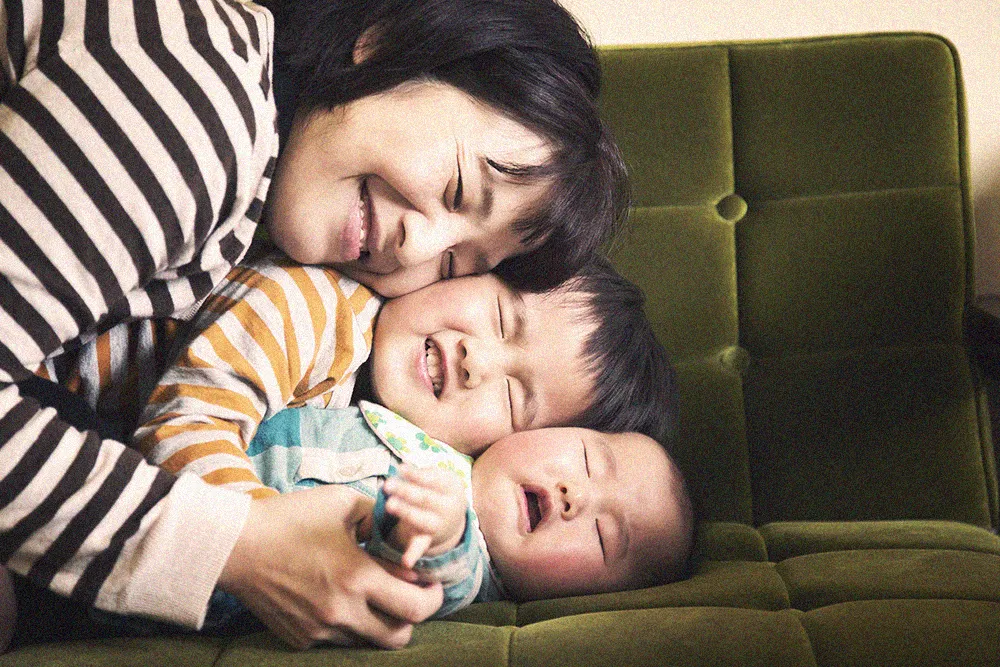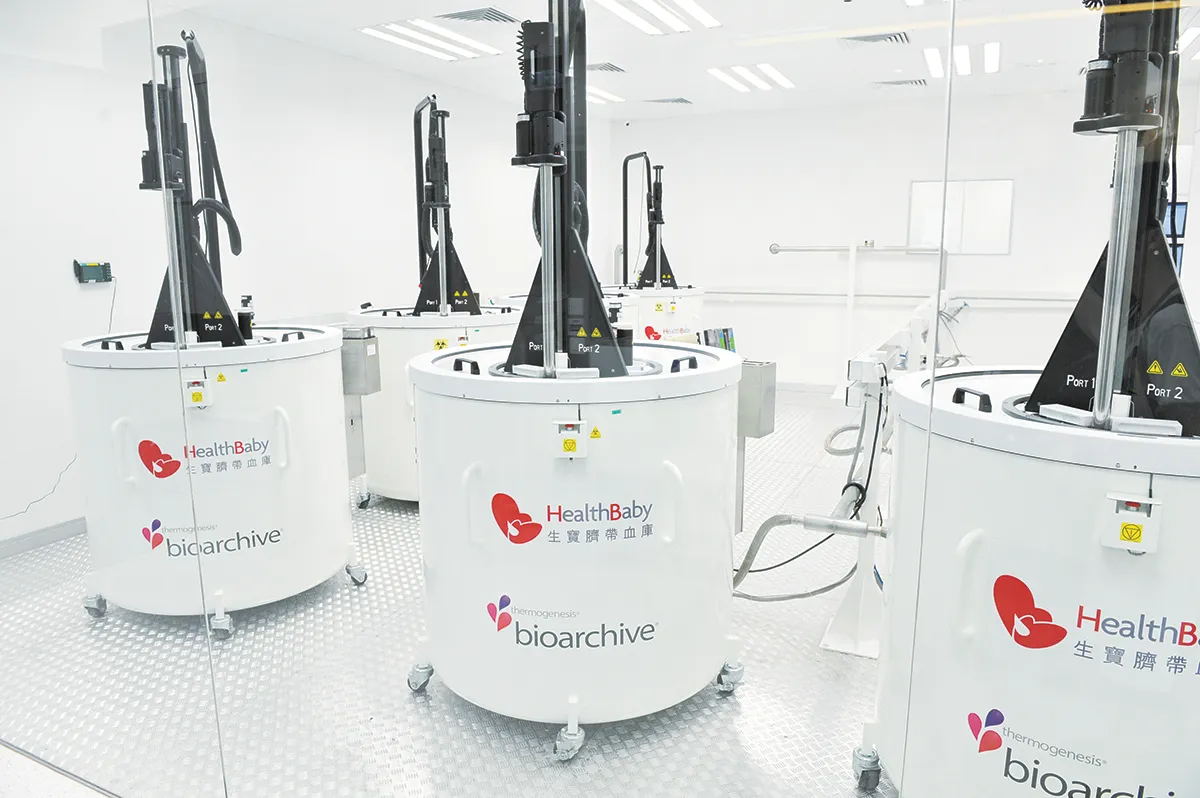
How does the umbilical cord lining process and store once collected?
Adopted Most Advanced Facilty to Enhance the Quality of Storage
Specifically designed for stem cells storage and processing
Extracted most stem cells and maintain it highest viability
Collection Procedure of Umbilical Cord Lining
Umbilical cord lining collection will be performed after collecting cord blood by Obstetrics & Gynaecology doctors. Certainly, the process is absolutely safe and painless for both mother and infant.
1
Cut Umbilical Cord
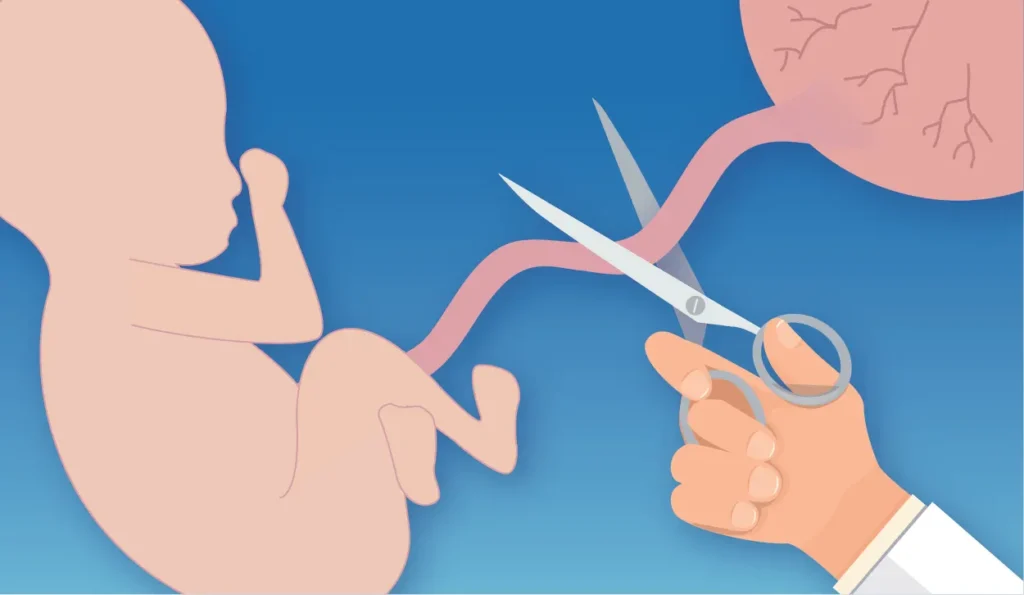
Cut the cord about 3cm away from the baby.
2
Collecting Umbilical Cord
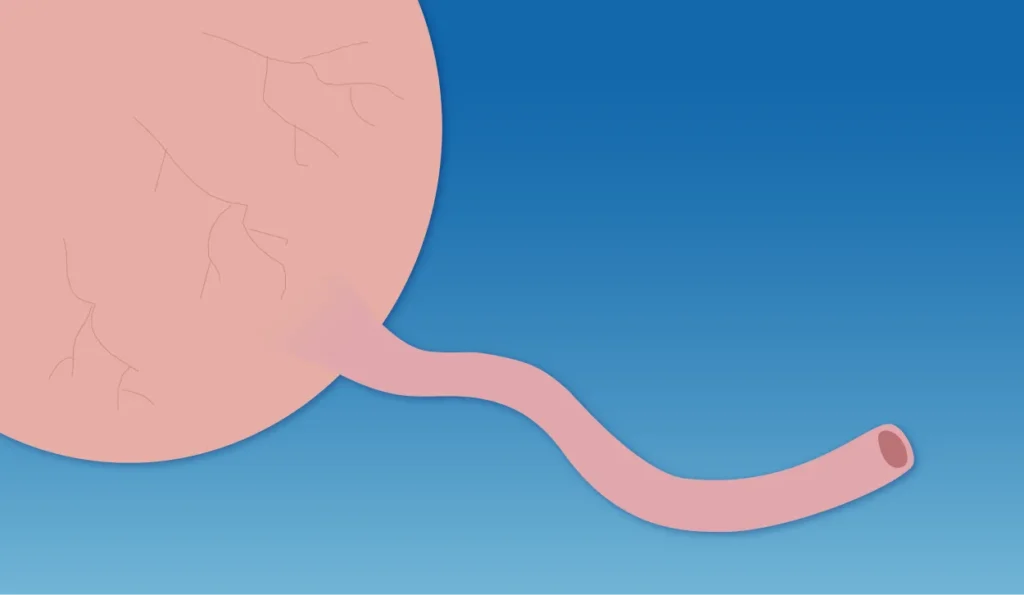
After collecting cord blood, place cord and placenta on a sterile cotton cloth. Cut the cord of not less than 15cm from the side which connects to the baby with sterile scissors.
3
Call HealthBaby
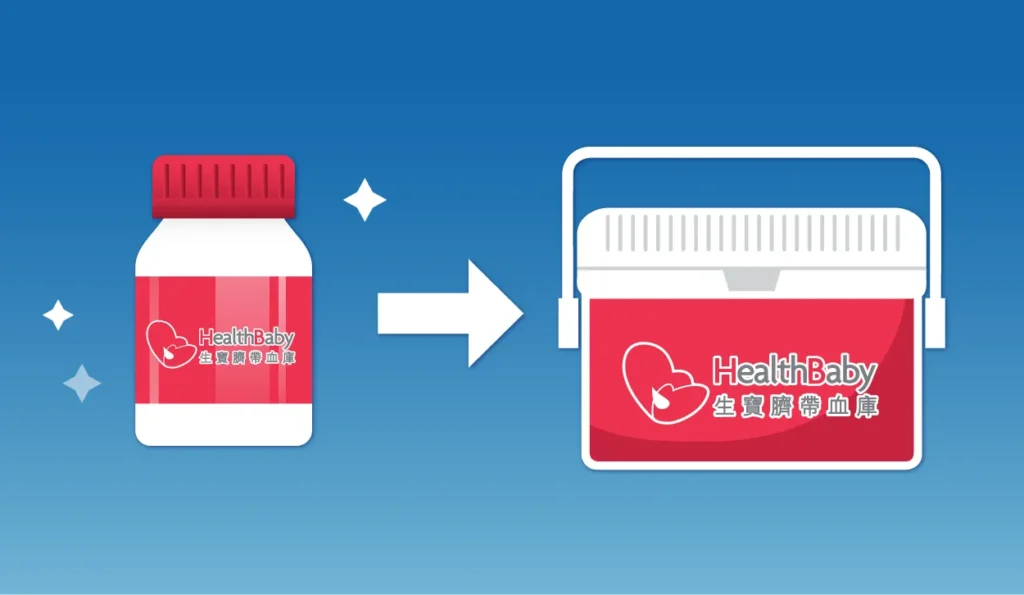
Unscrew the cap of container, then put the cord into the container aseptically and screw the cap tightly. Put the container into zip-locked bag, seal it and store in room temperature (store at 15℃-25℃). Please call HealthBaby hotline for pick up.
Most Asked Questions by Parents Related to Cord Blood Banking
Until today, up to 113 diseases had been treated with cord blood transplants5. They could be divided into 7 categories, namely: Leukemia, Lymphomas, other Disorders of Blood Cell Proliferation, Inherited Disorders of Immune System, Inherited Metabolic Disorders, other Cancers and others.
Cord blood and umbilical blood contain two different stem cells which are widely adopted in different medical aspects. Cord blood is a rich source of HSCs which can create the blood and immune cells. Cancers, blood-related, immunity and metabolic diseases can be treated by cord blood. Umbilical cord is a rich source of MSCs which can create structural and connective tissues. Apart from minimizing GvHD in directed and unrelated allogeneic cord blood transplants, MSCs can potentially apply to chronic illnesses treatment, regenerative medicines as well as organ and tissue engineering5,6. Since cord blood and umbilical cord are rich sources of different types of stem cells, they may help to repair the body in different ways.
Entrusted by most parents in Hong Kong1, HealthBaby has a very comprehensive service coverage. Apart from the traditional liquid nitrogen storage plan, HealthBaby also pioneered to provide the advanced BioArchive® System. All storage plan of HealthBaby adopts the expensive liquid nitrogen as storage medium to provide the most stable tempertature for stem cell viability, providing the most quality umbilical cord and cord blood storage service.
To cater for different needs of clients, HealthBaby's cord blood and umbilical cord storage plan have very flexible and comprehensive service plan. Regarding cord blood plan, clients could select the storage plan base on the storage and processing system needs.
The umbilical cord and cord blood service fee already includes registration fee, processing fee and 18 years storage fee, no any additional charge during the contracted year. Extra discounted would be provided for registering both umbilical cord and cord blood storage plan. HealthBaby existing customers and other cord blood bank customers could also enjoy special offers. Please contact us for deatils and any enquiries.
For more details of cord blood service plan please refer to Service Plan.
More Questions?
Contact us through any method below:
Hotline: (+852)3188-8899 / (+853)2878-6717
WhatsApp: (+852)9660-8271 or Click Here
WeChat Official Account: HealthBaby 生寶臍帶血庫
Online: Click here to submit the enquiry online
Email: enquiry@healthbaby.hk

